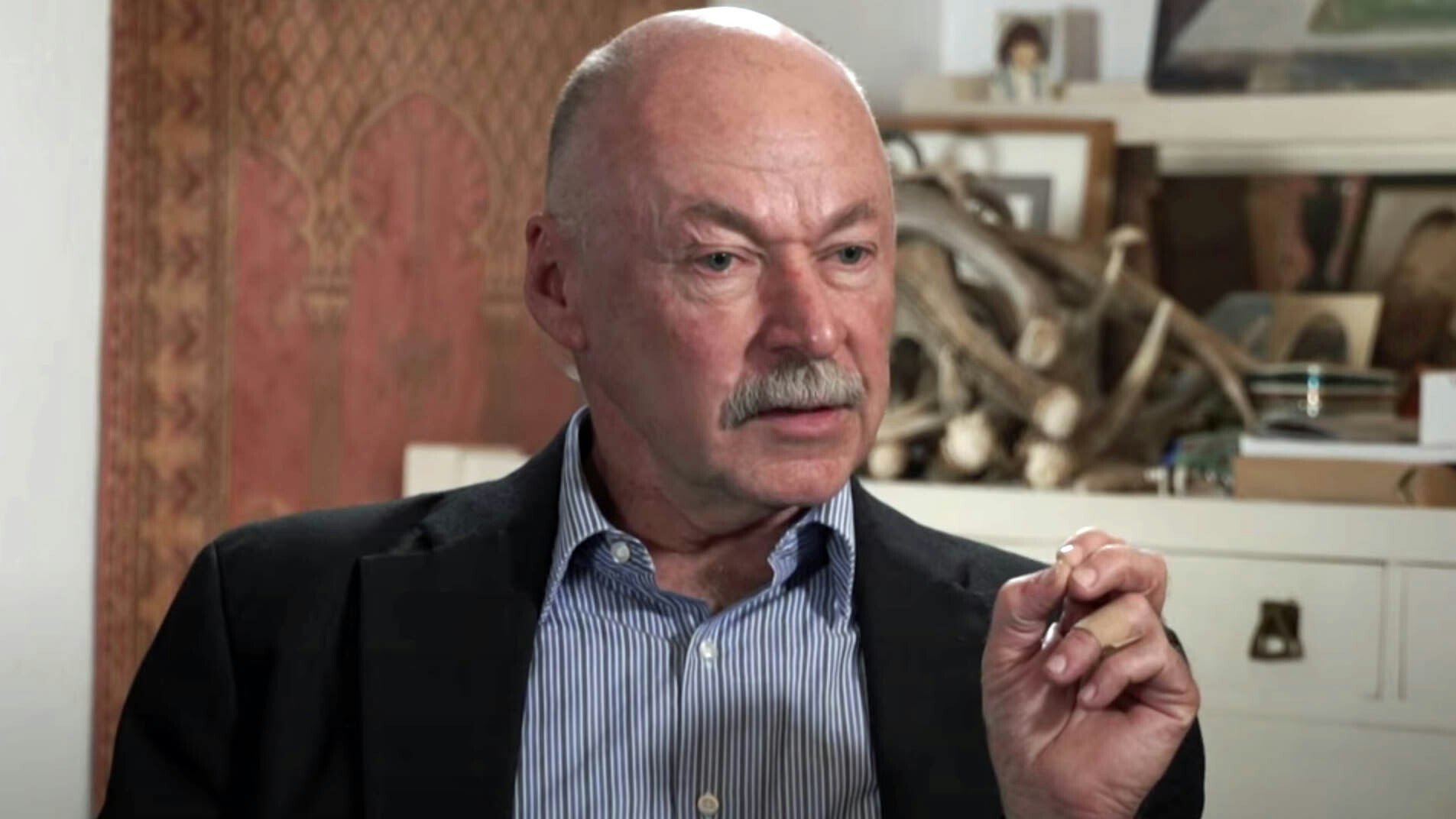Wyoming came dangerously close to a power grid failure issue during February’s cold snap, according to one of the state’s leading energy experts.
State Sen. Cale Case, R-Lander, a consultant for the energy industry, told Cowboy State Daily that the state’s energy grid almost reached its maximum capacity during the weather event that caused power supplies in Texas to fail last winter.
“On the 12th of February, it was part of the same phenomenon, the peak load got to more than 97% of available capacity, and the reserve margins were razor thin,” Case said. “And if there would have been any kind of problem — a gas delivery problem, a failure of a generating unit, a transmission failure — we would have been closer to the Texas situation than we know.”
The cold snap in Texas resulted in the death of 210 people due to power outages and exposure to sometimes sub-zero temperatures.
While Case said Wyoming’s energy transmission systems are better prepared to withstand extreme cold temperatures than those in Texas, the energy supply during winter weather has limited capacity.
And when polar vortex or heat dome weather patterns cover areas of more than 1,000 miles or more, as were seen this past year, the sheer volume of power being requested by consumers taxes the existing power grids.“
It’s not like we can import electricity from Colorado, because everybody has the same phenomenon,” Case said.
Case’s doctorate in natural resources and public utility economics has served him well in his elected position. Case often speaks out on legislative issues concerning the future of the energy industry in Wyoming.
From his perspective, the push for renewable energy sources often ignores the need for what Case called “dispatchable” energy that can generate more reliable power.
“You’ve got rooftop solar on people’s homes and solar energy and wind energy, but it’s not really dispatchable — it’s weather dependent,” Case said. “So we have to have something that we could turn on, and ramp up when that energy is not available.”
Case pointed out that some renewable energy sources rely on natural gas as backup, because natural gas is a reliable, dispatchable, source of power.
“Renewables don’t work all the time,” he said. “So we’ve increased our reliance on natural gas. And in these very cold long-term events, we’re having delivery problems for gas, because there’s huge demand for domestic heating. And then the electric system can run short… and then it can get circular, because sometimes you need electricity to help make gas move. So it’s a real serious situation.”
Case noted that while the renewable energy sources such as solar and wind are cheap, proponents of renewables often fail to take into account the costs to keep the power grid online.
“We are on thin ice with respect to try and to push more renewable energy into the grid without figuring out how to make the grid work better,” he said, “or without having, at the same time, electricity that can be brought up when there’s no sun, and there’s no wind — and plenty of it.”
Case noted that coal is one of the best forms of dispatchable energy, but the carbon emissions from coal-fired plants are considered by some to be a contributor to climate change.
“Up by Casper, where the Glenrock plant is, you can see that the plant is running hard out on cold winter days,” he said. “Even though the whole country is trying to get away from coal, those are still valuable assets. “They may be so valuable that we might want to slow down their retirements – but almost every coal plant in the country is scheduled to be retired, and those are plants that burn Wyoming coal, by and large,” he continued. “The trouble is, we haven’t really thought what the gap is going to be.”
Case listed other forms of renewable energy that are being studied for use in Wyoming, from hydroelectric to geothermal to nuclear.
“There’s a proposal in Wyoming for a nuclear power plant, from a company called Terra Power,” he explained. “Rita Meyer, who used to be the state treasurer, is helping that company. It’s a serious consideration, partly because of the proponents behind it — Bill Gates, and Warren Buffett, two of the richest people in the United States.”
But in the meantime, Wyoming residents should be prepared to go without power for long periods of time, as extreme weather incidents are becoming more frequent.
“You know, in Wyoming, we get power failures, usually because we have a winter storm that drops branches on power lines, right? Well, that’s not what we’re talking about,” he said. “This would be much more wide scale than that. A polar vortex event can be 12 to 13 days. So I really think it’s always good idea for homeowners to be prepared. “They should have a kit with warm clothes available an alternative heat source if you can; emergency lighting, emergency food,” he continued. “I’m not trying to be an alarmist, but what happened last February, when it happened in Texas — we came closer than we care to mess with.”





